Every day, 1.5 million m3 of water is sucked from underground.
At the scientific conference with the theme "Water with life and people of the Central Highlands" recently held in Dak Lak, Associate Professor, Dr. Doan Van Canh, former President of the Vietnam Hydrogeological Association, stated the current situation, the average annual rainfall in the Central Highlands is nearly 100 billion m3 /year, of which about 50 billion m3 /year creates surface flow (rivers and streams), the amount of water seeping into the ground is about 3.2 billion m3 /year, the rest evaporates. Of the amount of water seeping into the ground, about 1.4 billion m3 /year is added to the aquifer, the rest creates underground flow into the rivers. The total amount of water in the aquifers in the Central Highlands is 117 - 170 billion m3 .
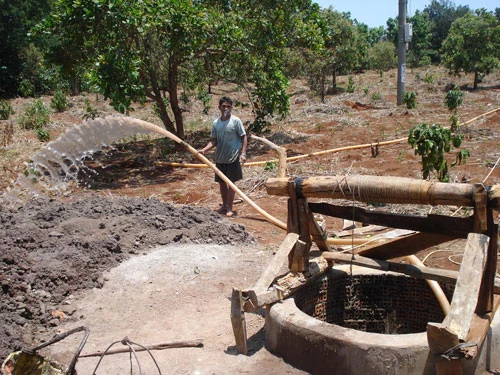
Farmers dig wells to get water to irrigate coffee during the dry season in Dak Lak
The current water demand in the Central Highlands is about 11.7 billion m3 /year. By 2022, the exploitation of underground water in the Central Highlands will be about 1.5 million m3 /day. At the current rate of groundwater exploitation, the water reserve can be exploited for 60 years.
Before the 1990s, the four provinces of Kon Tum, Gia Lai, Dak Lak and Dak Nong had 2,272 channels with a flow rate of 0.5 liters/second or more. But by 2020, according to an investigation and assessment by the Vietnam Institute of Water Resources, the number and flow rate of the above channels had decreased significantly, to about 40 - 60%, and the flow rate of the main channels was only about 30 - 40%.
The reason is the loss of water sources, most of the rain falls and flows away, not having enough time to soak into the ground, and there are even many months of the dry season without rain. This causes the basalt aquifer to not be replenished in time while we exploit groundwater for socio-economic activities. "To retain more water in the Central Highlands, it is necessary to protect forests, cover bare hills with green, collect rainwater and surface water and put it into surface reservoirs, and put it into poor aquifers so that it can be exploited and used," Dr. Canh advised.
6 challenges to water resources in the Central Highlands
Dr. Nguyen Ngoc Ha, Deputy General Director of the National Center for Water Resources Planning and Investigation, pointed out 6 challenges to the exploitation and use of water resources in the Central Highlands: First, water resources are unevenly distributed. Second, the poor water storage capacity of the land and the decline in the quality of upstream forests increase the shortage of water flow in the dry season. Third, changes in population and economic and crop structure lead to increasing exploitation of water resources, leading to a decrease in groundwater levels. Fourth, irrigation and hydropower systems have a major impact on the flow regime. Some hydropower projects transfer water to other areas, causing water shortages. Fifth, there are not enough resources to complete the irrigation system according to the plan. Sixth, there is a lack of systematic research related to planning and integrated management of river basins.
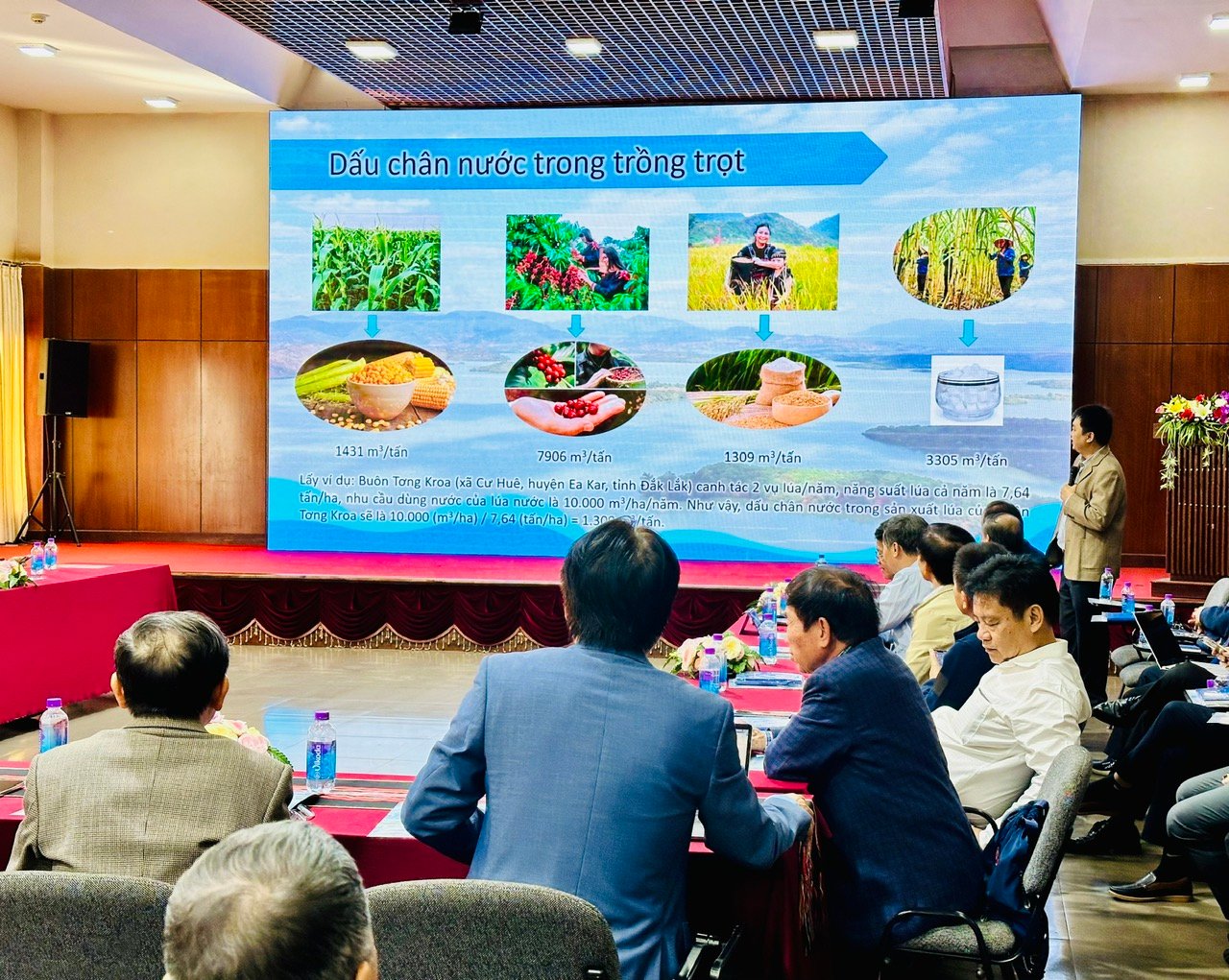
Socio-economic activities in the Central Highlands rely heavily on groundwater exploitation.
To address these challenges, Dr. Ha recommends applying water-saving solutions in agriculture, industry and daily life. In addition, research should be conducted to transform the production structure and crop seasons towards high-quality and high-value commodity agriculture, suitable for water resources and adapting to climate change. In addition, it is necessary to transform the crop structure and production area in areas with water shortages and frequent droughts to crops with low water demand and high drought tolerance.
Dr. Tong Ngoc Thanh, General Director of the National Center for Water Resources Planning and Investigation, recommends: Effective and sustainable exploitation and use of water resources in the Central Highlands region should be based on the spirit of the Water Resources Law recently passed by the National Assembly. The Center coordinates with the Department of Water Resources Management (Ministry of Natural Resources and Environment) to deploy a decision support system and develop scenarios on incoming water resources. On that basis, develop water use plans for ministries, branches and localities to exploit and use water resources in a way that regulates, allocates effectively and optimizes them.
Source link


![[Photo] Prime Minister Pham Minh Chinh chairs meeting to discuss tax solutions for Vietnam's import and export goods](https://vstatic.vietnam.vn/vietnam/resource/IMAGE/2025/4/10/19b9ed81ca2940b79fb8a0b9ccef539a)

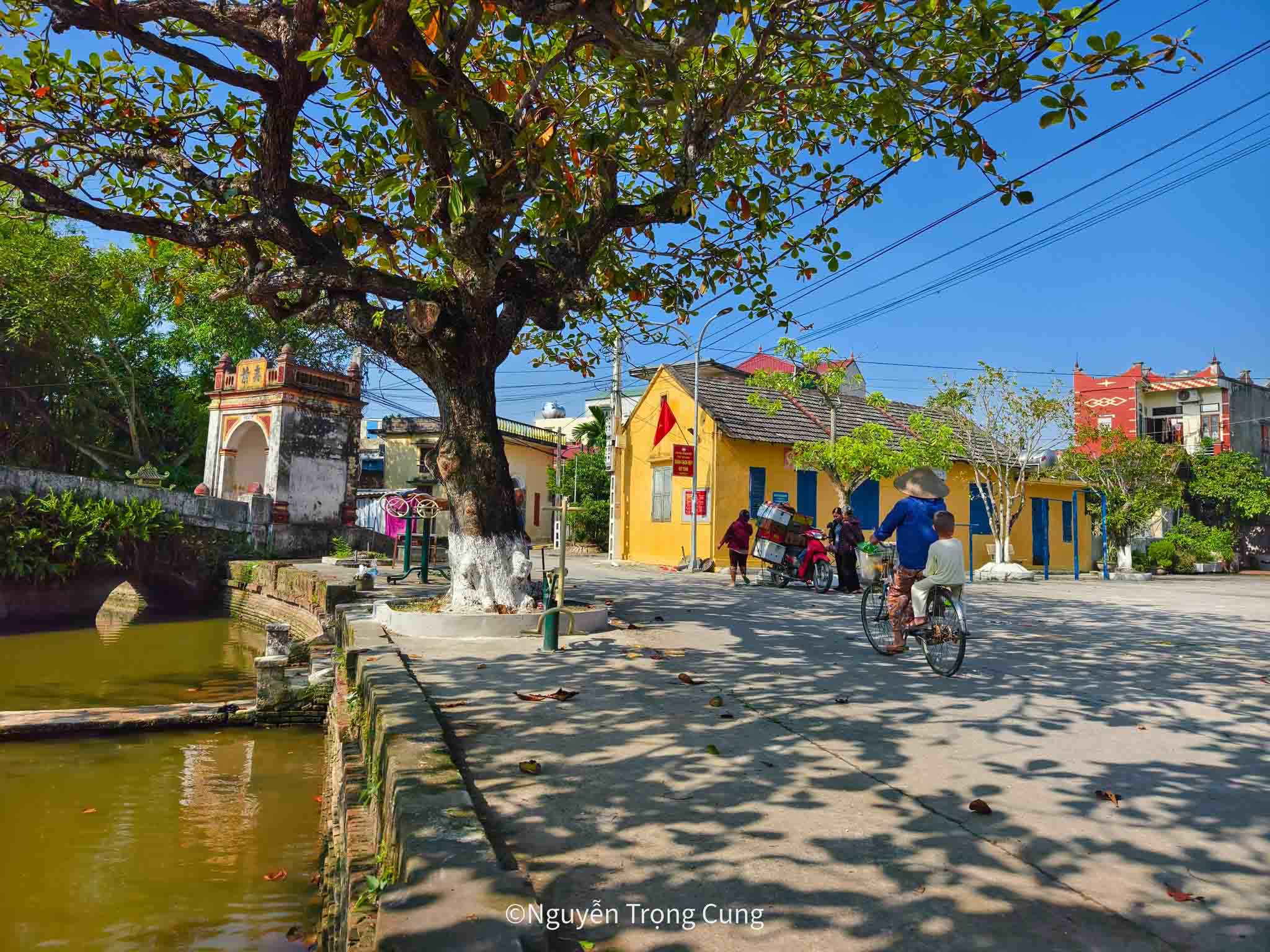


![[Photo] Phuc Tho mulberry season – Sweet fruit from green agriculture](https://vstatic.vietnam.vn/vietnam/resource/IMAGE/2025/4/10/1710a51d63c84a5a92de1b9b4caaf3e5)


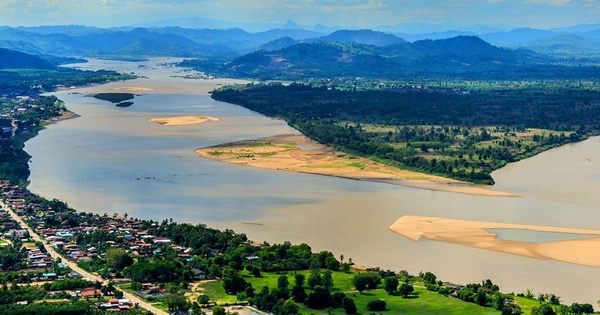
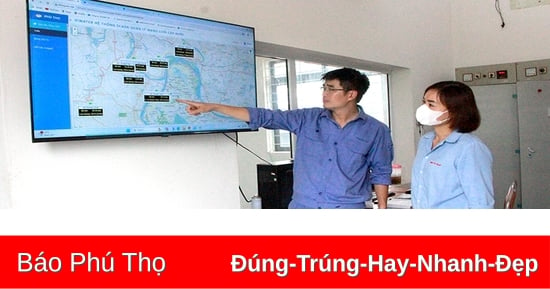
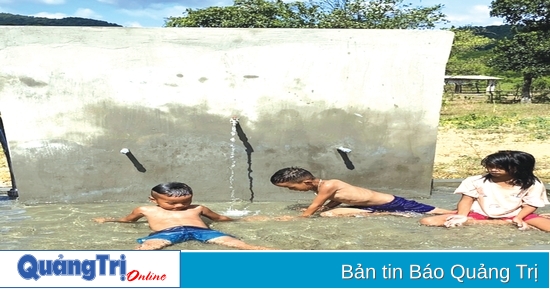
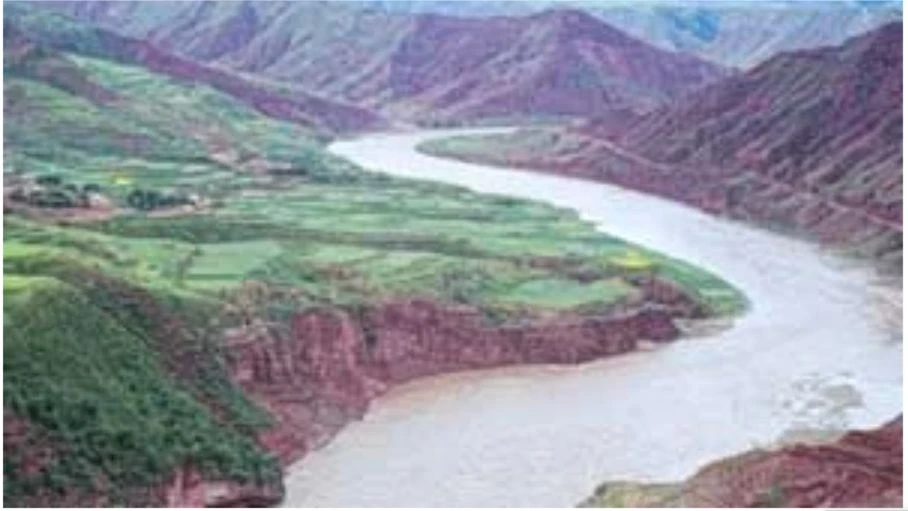

















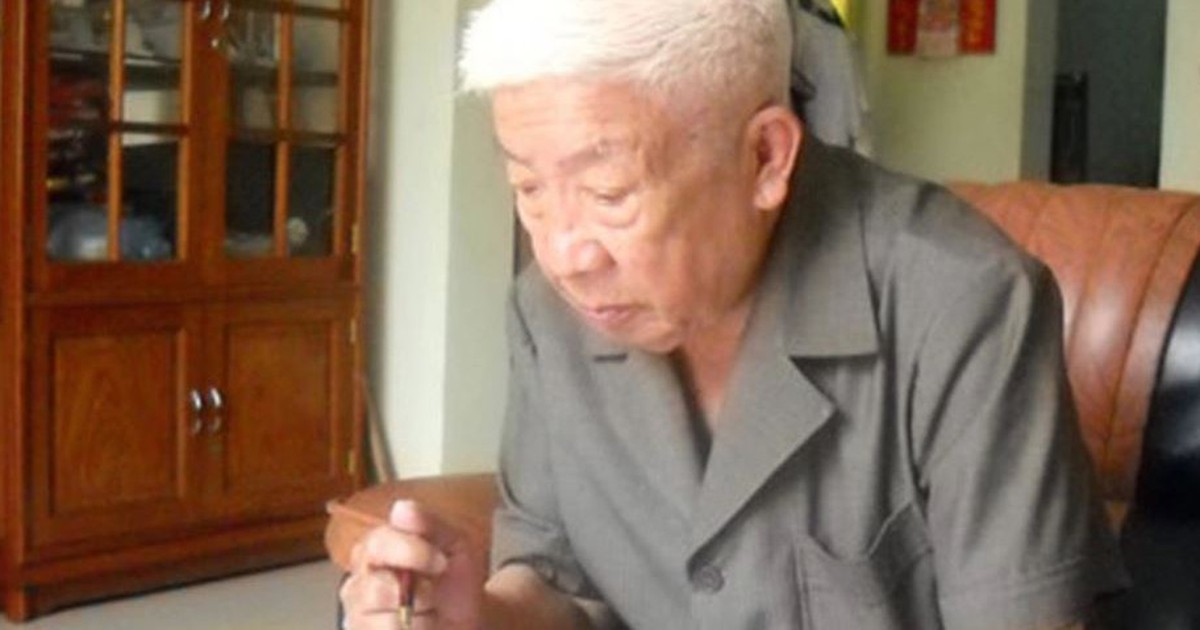
![[Photo] Unique folk games at Chuong Village Festival](https://vstatic.vietnam.vn/vietnam/resource/IMAGE/2025/4/10/cff805a06fdd443b9474c017f98075a4)




























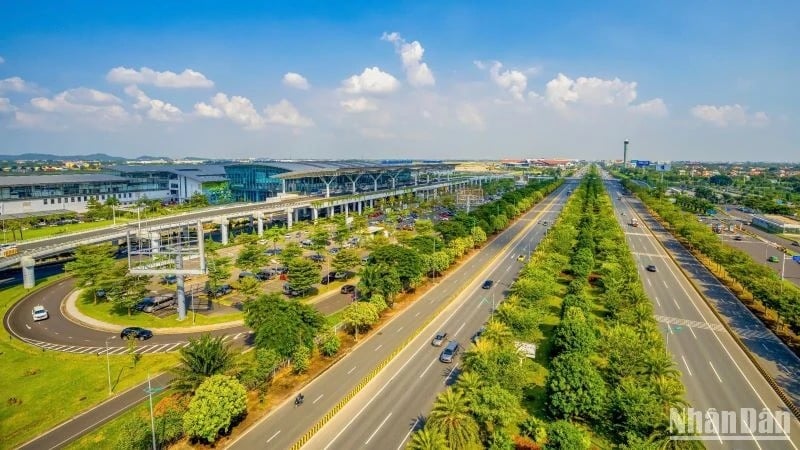










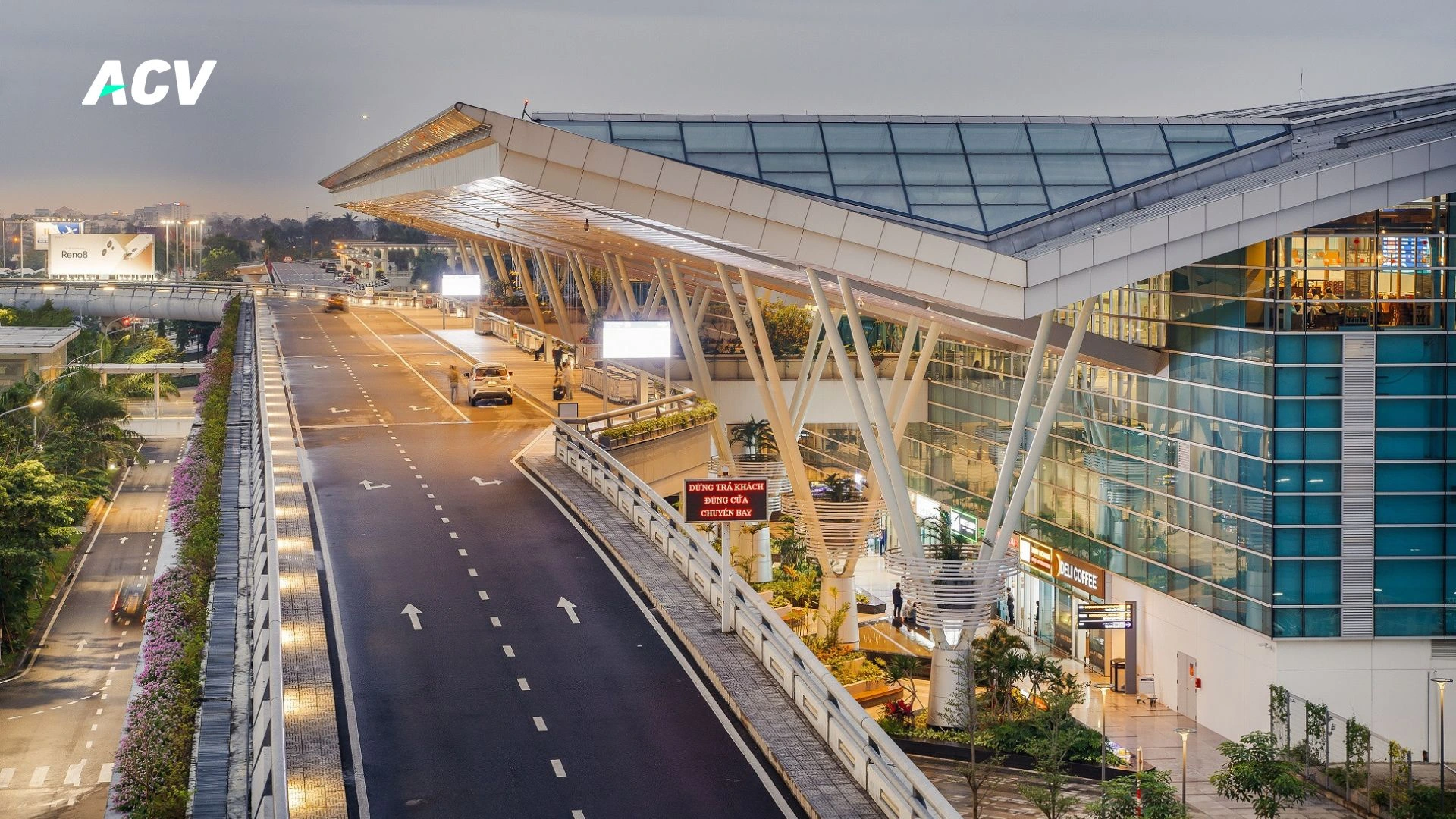



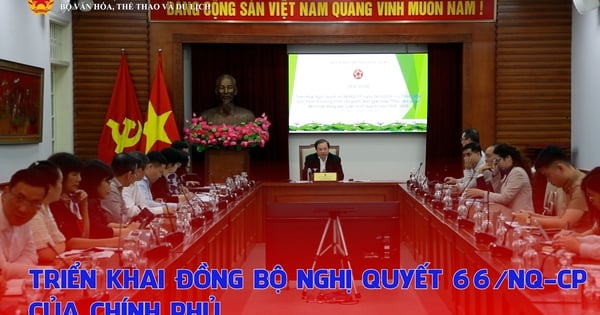

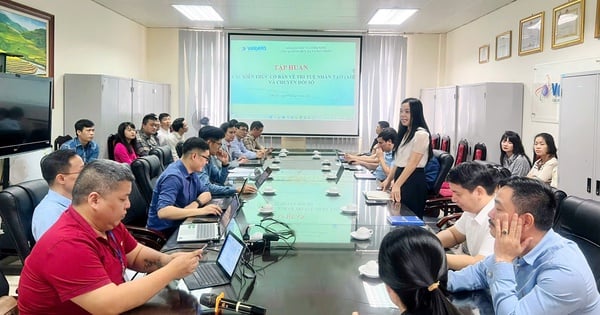




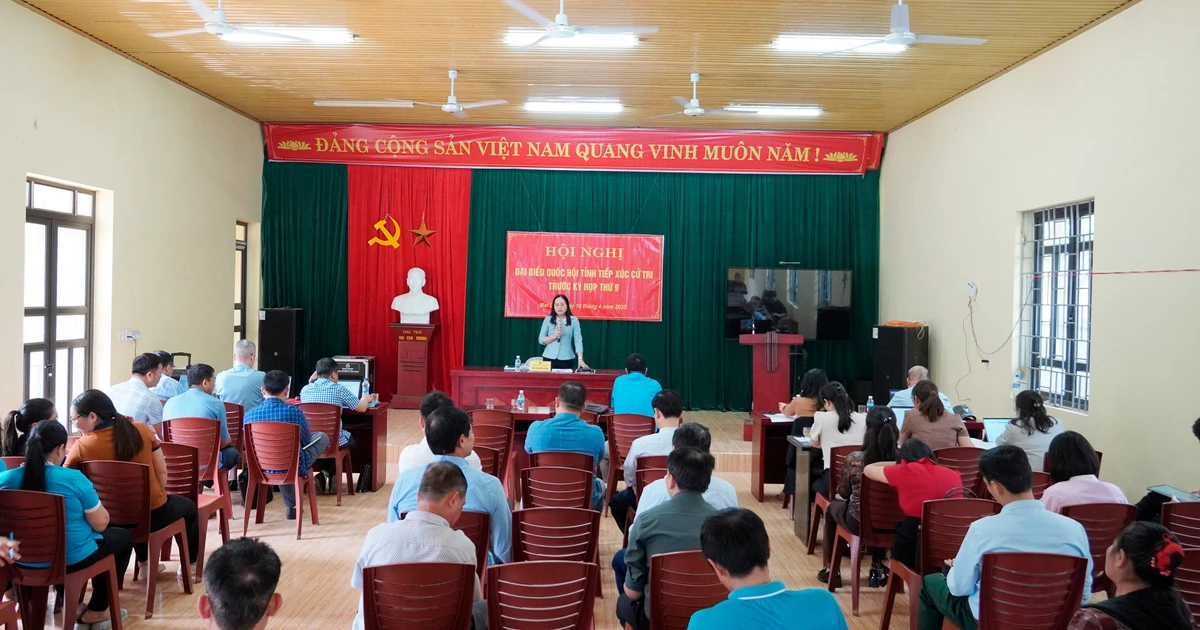

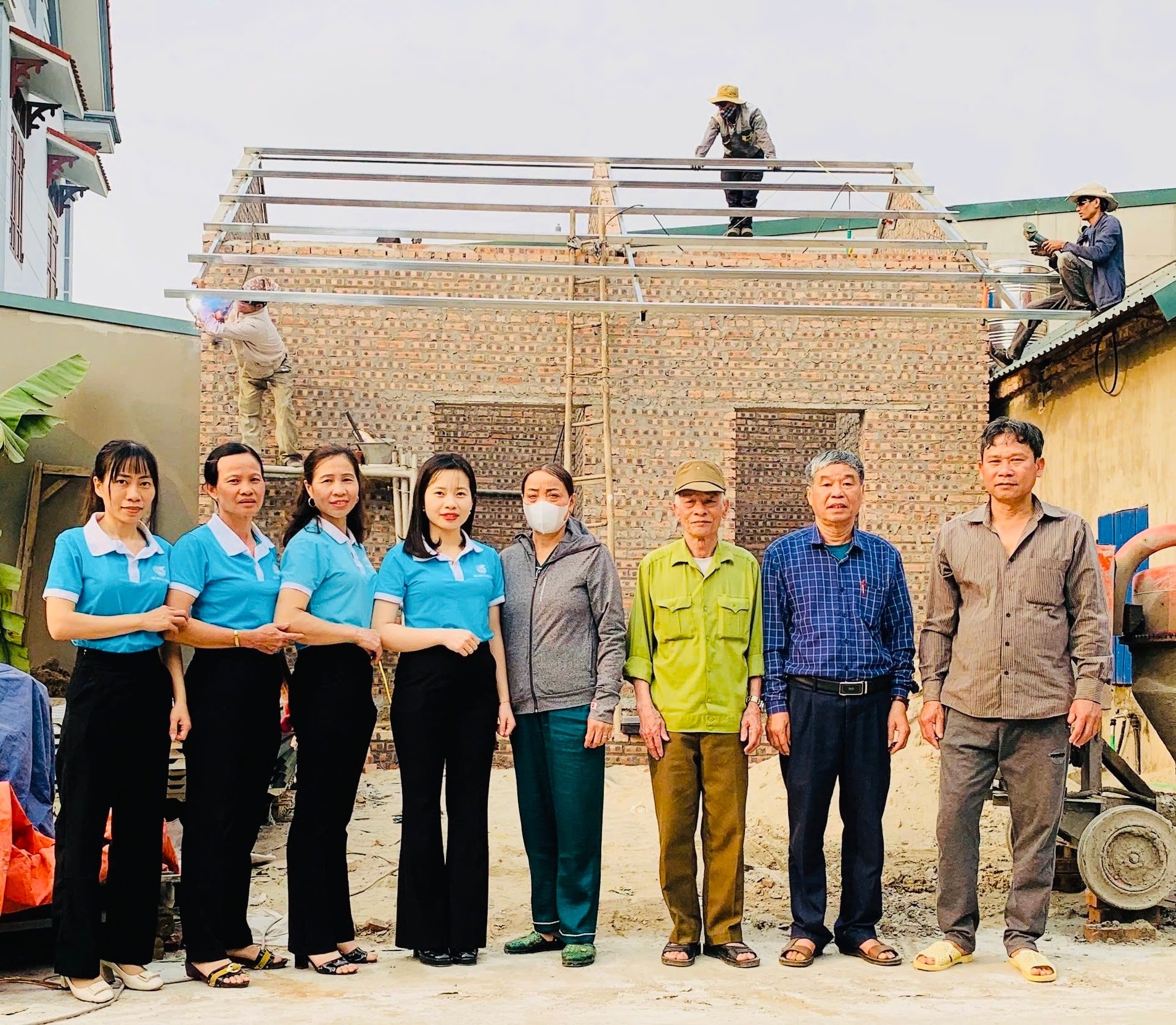

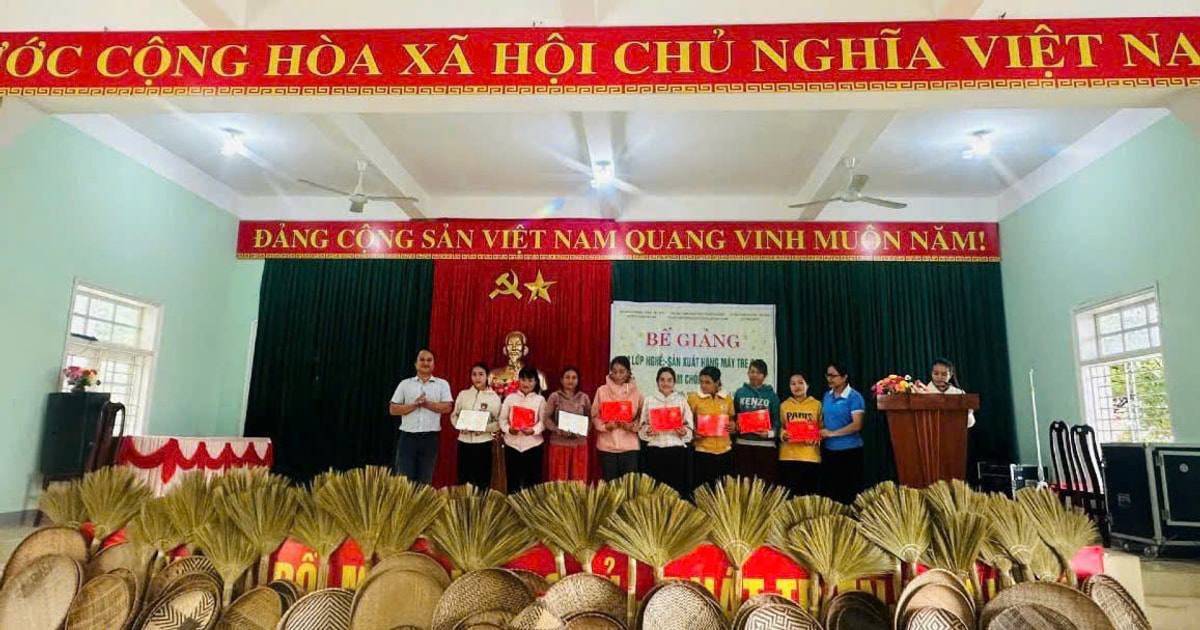







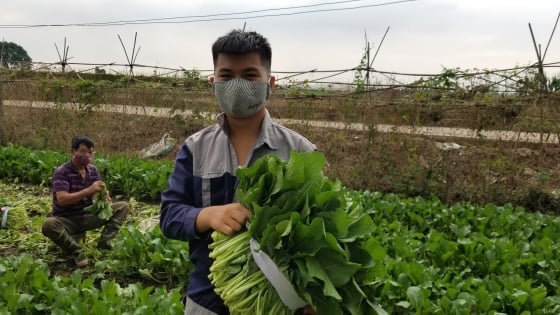



Comment (0)